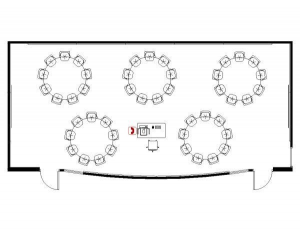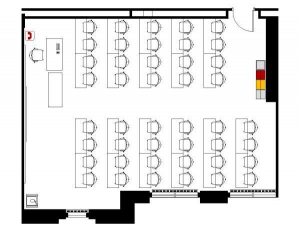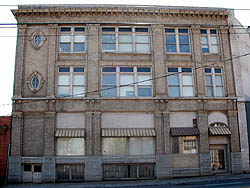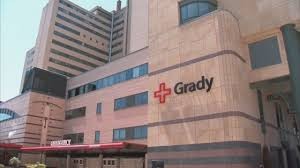This article presents the results of a quasi experimental research projects investigating the impact of two different formal learning spaces. A traditional classroom and a technological enhanced learning classroom. Which will demonstrate clear differences in events taking place in each space. That the different classroom types on the instructor and students. EDUCAUSE the leading organization responsible for promoting the application of new technologies in educational settings, has cause technological enhanced learning spaces to grow.
Though very few empirical studies have shown their impact on educational outcome. Even thought the data gathered is sparse it has begun to gather the attention of respected researchers globally. Using the information gathered from previous quasi experimental research conducted at the University of Minnesota. That found flexible, technologically enhanced classroom spaces improved student learning (which is measured by course grades) more than taking the same course in a traditional classroom setting. The research goes beyond the established evidence that learning spaces matter and instead explains how learning spaces matter.
The experiment used observational data collected for two sections of a single course taught by the same instructor. One section meet in a traditional classroom and the other meeting in a enhanced classroom. Data collected demonstrated that the student and instructor enrolled in the course behaved differently depending on the type of classroom. The temporal nature of the data was used to create a model that showed the casual impact of formal space on level of on task student behavior as a function of the instructor behavior and classroom activities.
The article then begins to describe what has caused institutions of higher education to changes how they approached classroom space. The cause is a host of articles promoting the potential transformative power of formal learning spaces, that teach practices and learning outcomes. Which is affected by the perspective of the interested party. Designers and technologists tend to focus on the architectural characteristics of different spaces. Focusing on the technological innovations that may enhance the teaching and learning experiences that occur.
Those more engaged in the scholarship of teaching and learning highlight the importance pedagogical ( the function or work of a teacher) approaches and issues related to teaching in new learning environment. That highlights lessons learned, best practices, and other practical considerations. Theoreticians offer normative and philosophical treatments of the significance of learning spaces to the process of teaching and learning. Also what these new spaces portend for the future.
The schematic design for a traditional classroom and a active learning classroom. In a traditional classroom the seats are all position in way that their all facing forward and the teacher is in the front. In the Active Learning classroom all the seating are positioned to face each other, and the teacher is seated in the middle. One of the theoretical assumption is that “space exerts situational-related influences on human activities and experience as they are enacted and felt in environmental settings.
D., Christopher.”Space and consequences: The impact of different formal learning spaces on instructor and student behavior”. Journal of Learning Spaces 1:2 June 2012. web. February 16 2016.











